A journey to Hawaii yields a new perspective
On Hawaii’s Big Island, Nat Geo photographer Josh Cogan explores one of the world’s most dynamic landscapes—where exploration, discovery, and transformation converge.

In Hawai’i Volcanoes National Park, the landscape is constantly evolving. Kīlauea, one of the most active volcanoes on Earth, breathes steam and sulfur into the rainforest canopy. Lava rock—new land formed by past eruptions—crunches underfoot.
For National Geographic photographer Josh Cogan, this spot is one of many on the Big Island that invites both exploration and reflection.
"There's no place like the Big Island," he says, noting that it's both the largest and newest of Hawaii's islands. "There's all this possibility of evolution and change in the landscape. Transformation is constantly happening here."
Recently, Josh traveled around the Big Island with Joey, a lifelong adventurer and former first responder who lives with CIDP (chronic inflammatory demyelinating polyneuropathy). This rare, progressive autoimmune condition affects the nerves and can impact mobility and sensation.
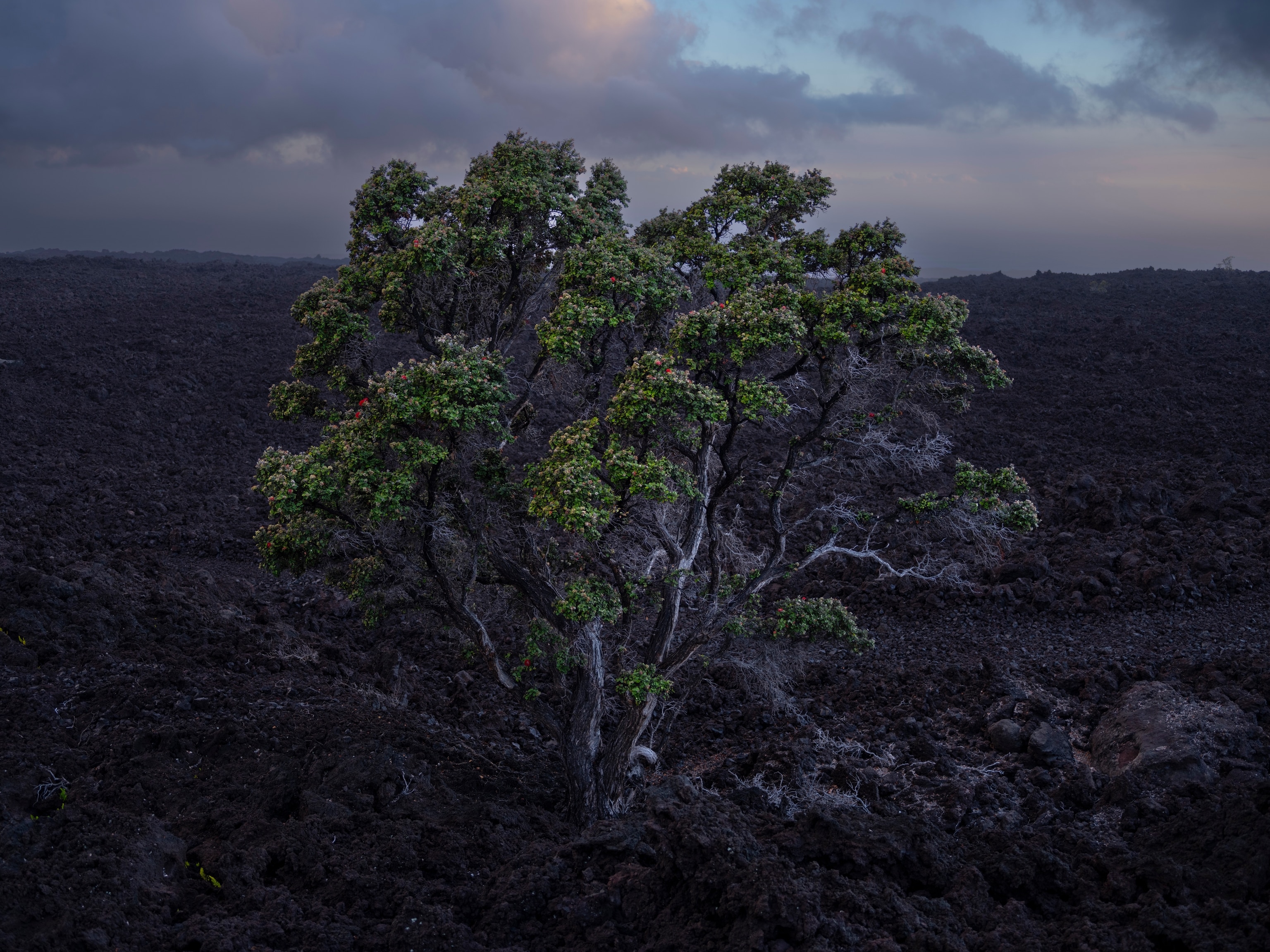
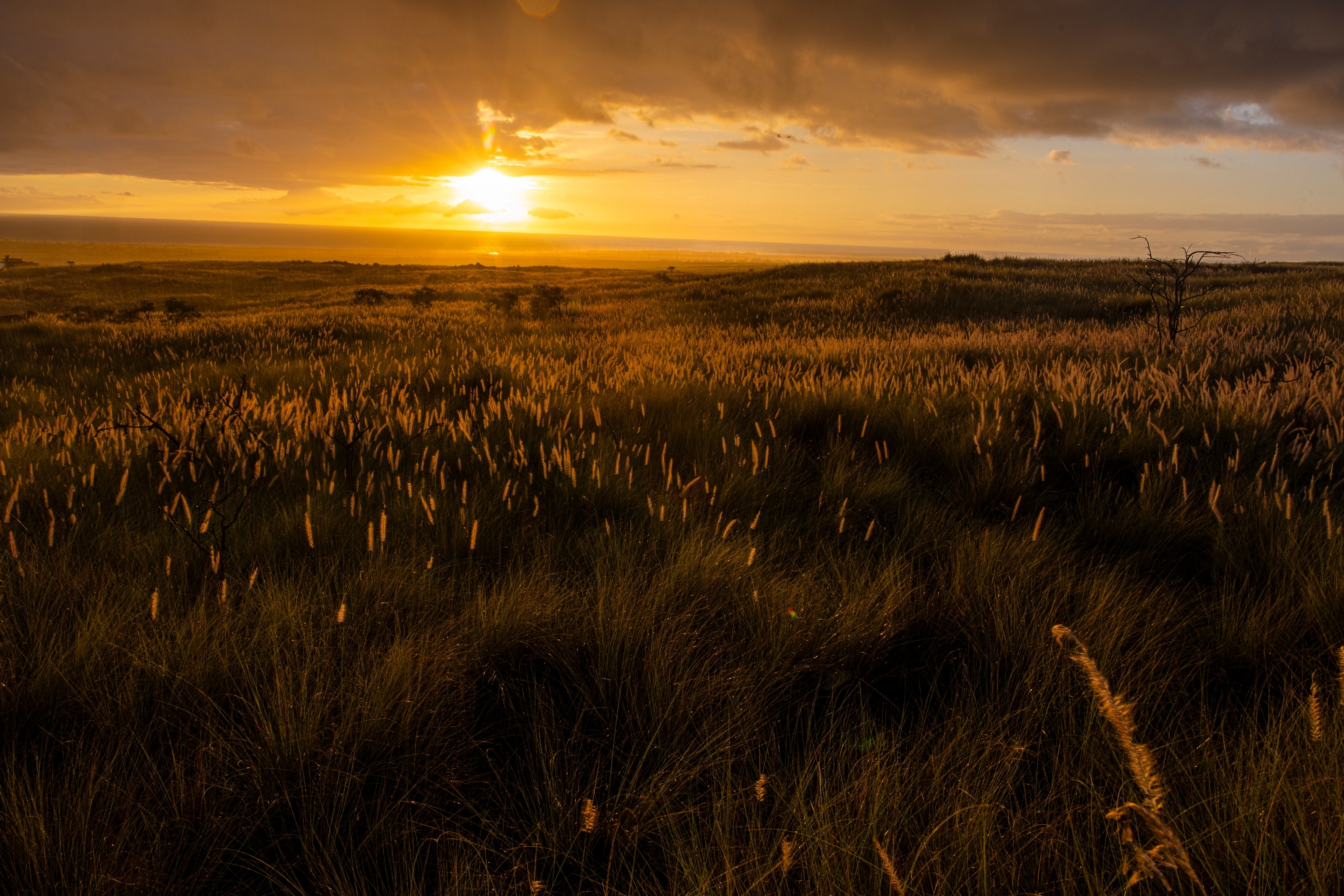

For Joey, the changing terrain of the Big Island wasn't just a natural wonder—it was a personal test. Since being diagnosed with CIDP, he had been undergoing a profound, and often scary, transition.
"When I was diagnosed with CIDP, I couldn't have imagined myself coming to a place like this," Joey said during his trip to the Big Island. Activities he wouldn't have given a second thought to before his diagnosis, like walking on the sands of Hawaii's stunning beaches or making his way across the uneven ground at Kīlauea’s lava fields, seemed daunting.
But national parks like Hawai’i Volcanoes are among the cherished destinations that Joey and his wife Michele didn't want to give up as part of their goal to visit all 50 states in the United States and the network of national parks. The Big Island's national park is a must-see. Visitors can hike through the rainforest and onto a misty, hardened lava lake on the floor of Kīlauea Iki crater. Or they can enter a 600-foot-long lava tube, approaching what looks like a portal to a different time.

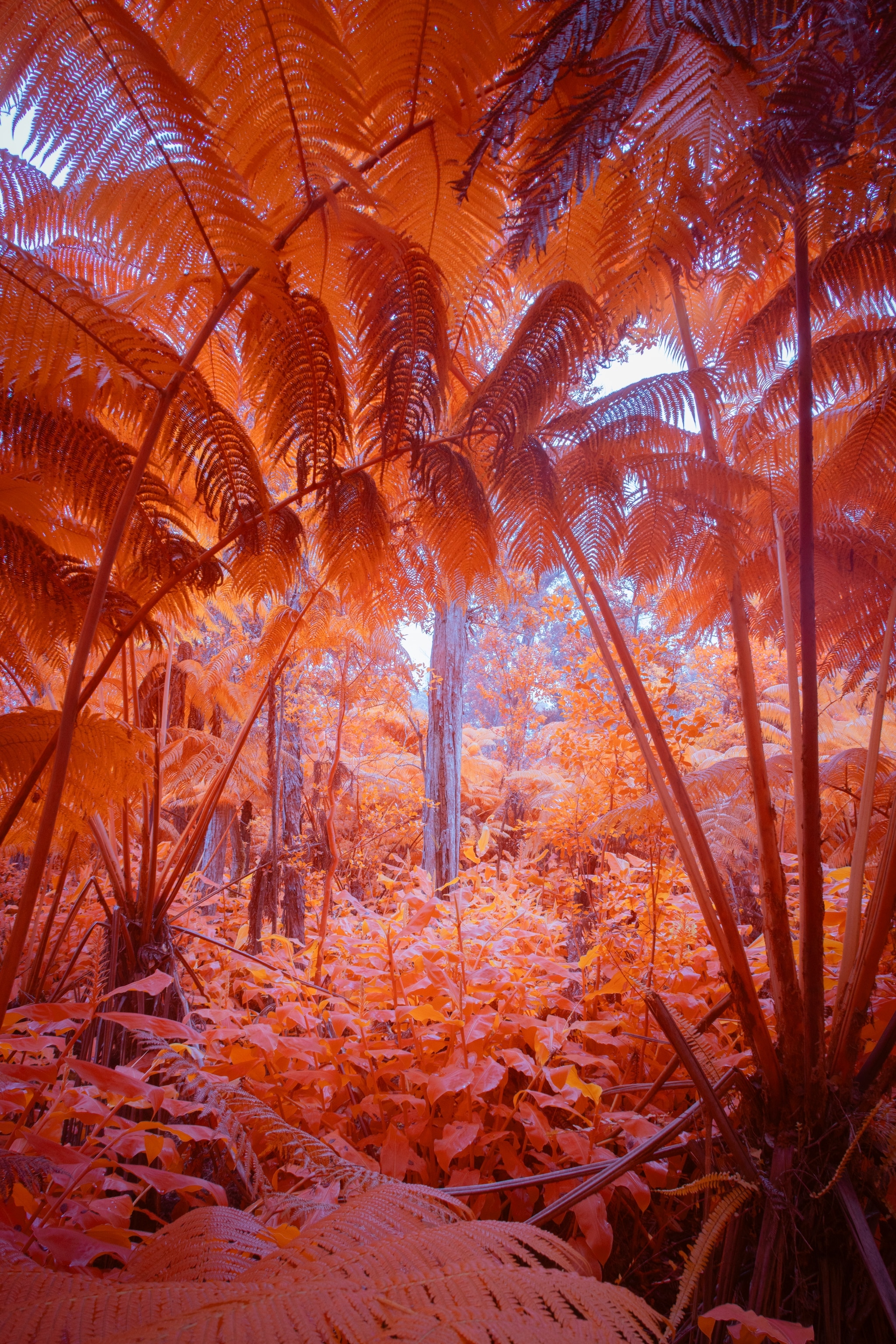
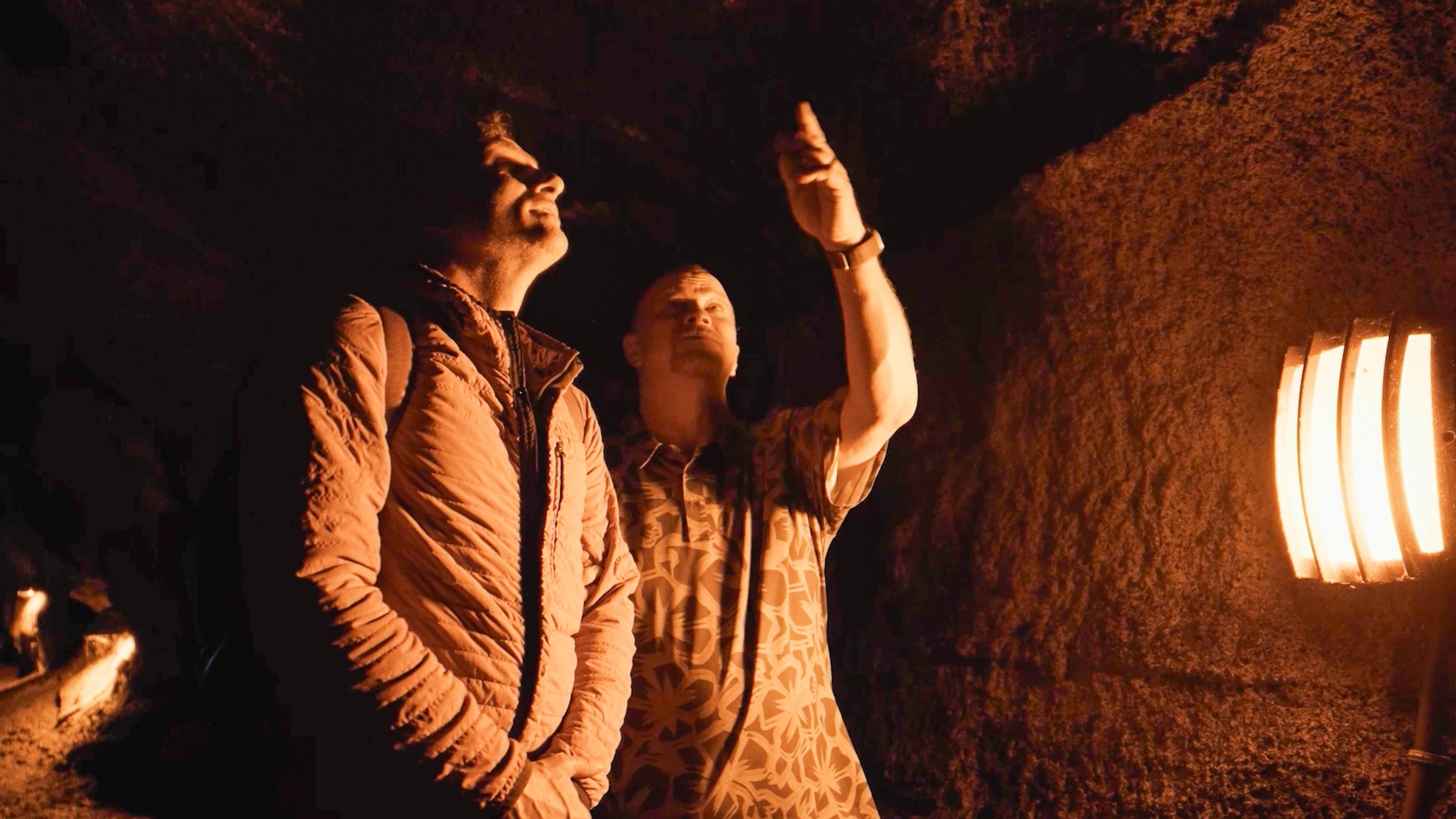
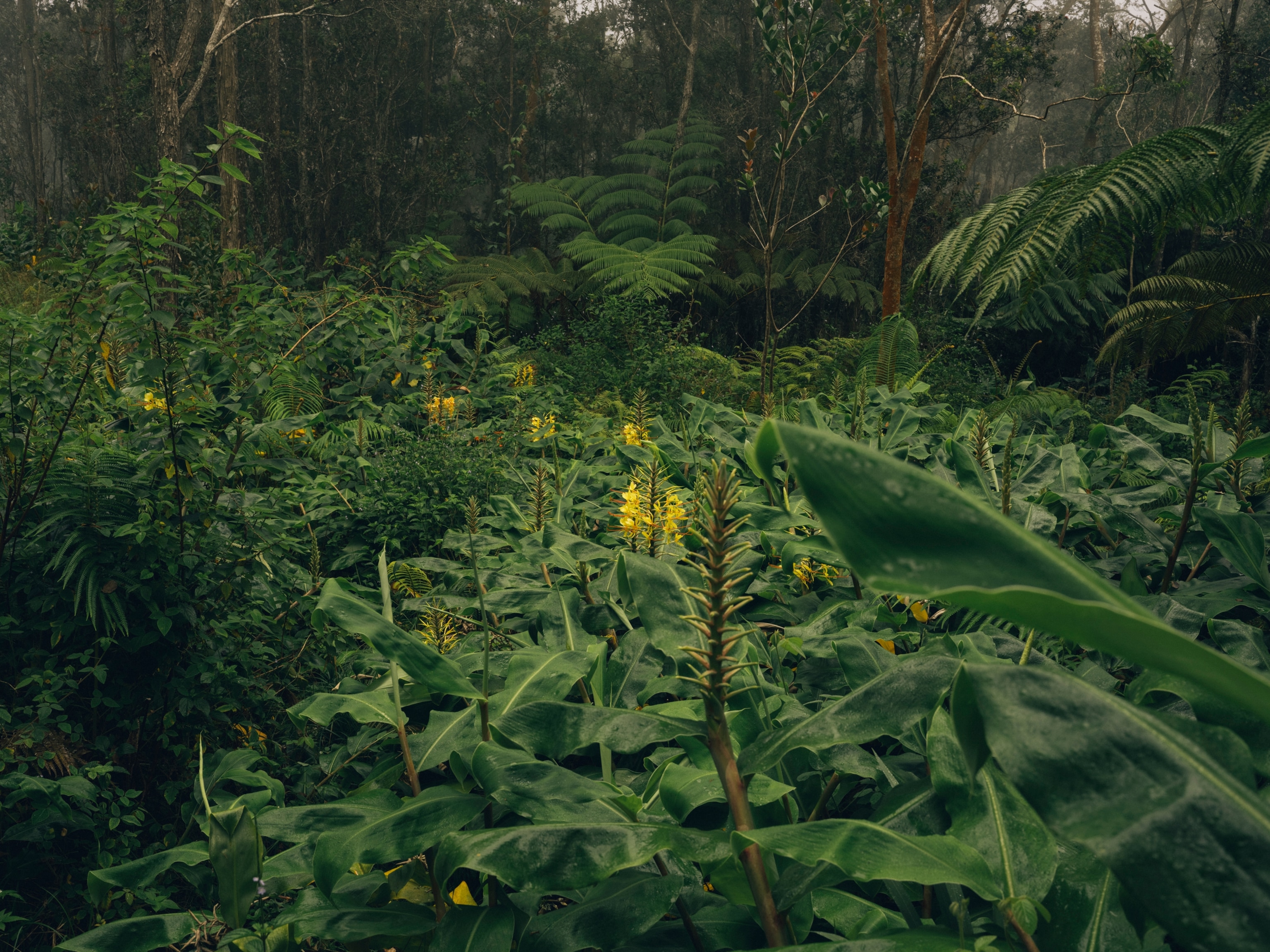
“Joey’s focus on his mobility and sticking to his CIDP care plan have given him the opportunity to take this trip,” Josh notes.
From a vantage point atop Mauna Kea at night, Joey and Josh took in an exhilarating, star-filled view. At 33,500 feet, measured from the base below sea level, Mauna Kea is more than 4,000 feet taller than Mount Everest. It seemed as though they were above the moon, which lit up a blanket of clouds before them.
“It really puts things in perspective,” says Josh. The sense of vastness and possibility served as a reminder to focus on gratitude and what each day can bring.
"[Michele and I] always told ourselves we would still travel, no matter what happened," Joey says. And after the diagnosis, true to their vision, Joey and Michele did, partly by going on cruises.
But the trip to Hawaii and its physical milestones for Joey provided a new perspective on what the future could hold.
I'm ready to continue the journeys of life. I'm looking forward to wherever we go next.Joey
Set against Hawaii’s volcanic landscapes and starlit skies, Hoʻomau: Joey’s Journey follows a man living with CIDP who dares to keep moving forward—his every step, shared moment, and discovery captured by National Geographic photographer Josh Cogan. This powerful film reveals how travel can ignite resilience, shift perspective, and reconnect us to what matters most.
FOR U.S AUDIENCES ONLY.
©2025 argenx US-UNB-25-00117 V2 11/2025